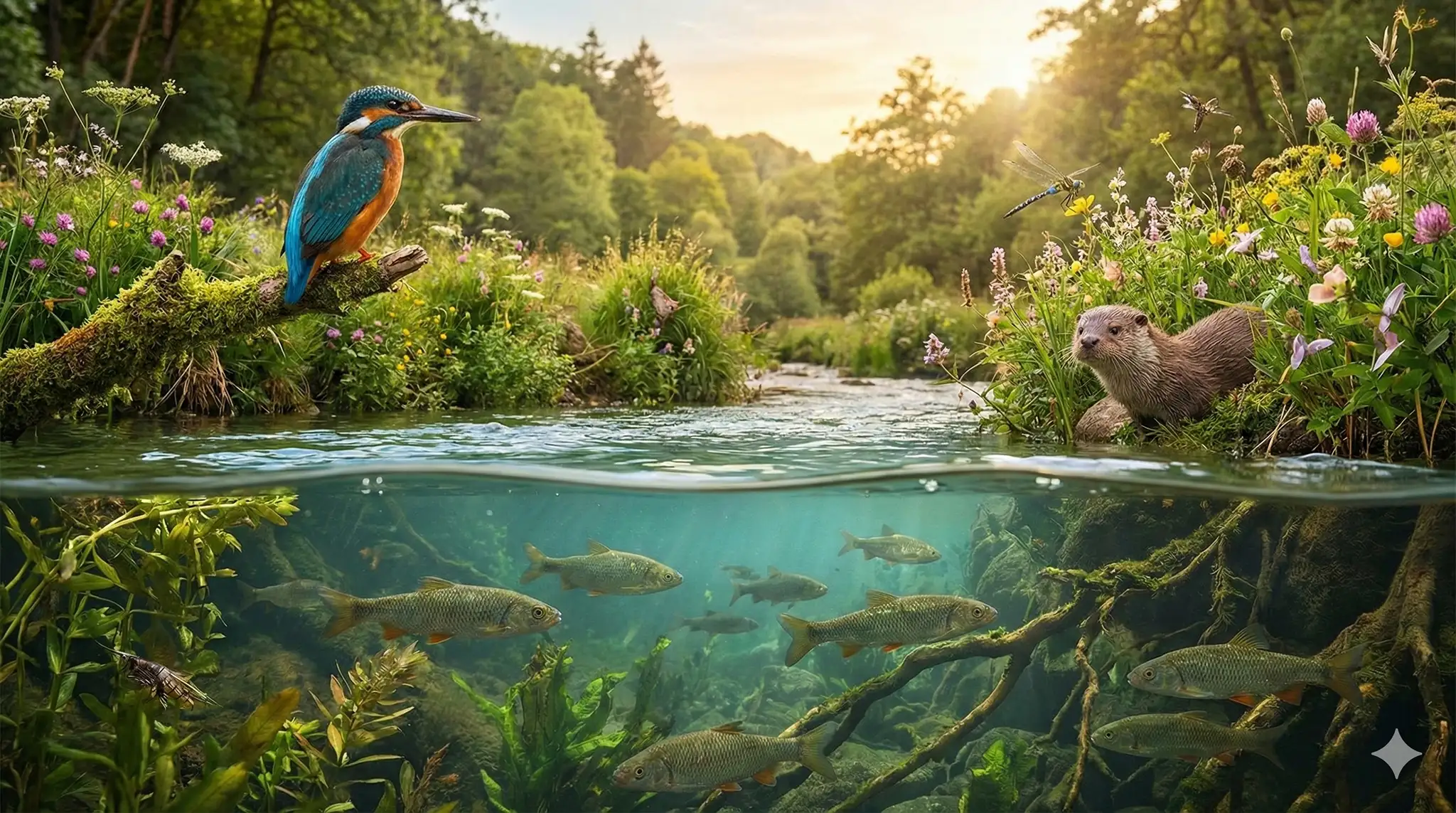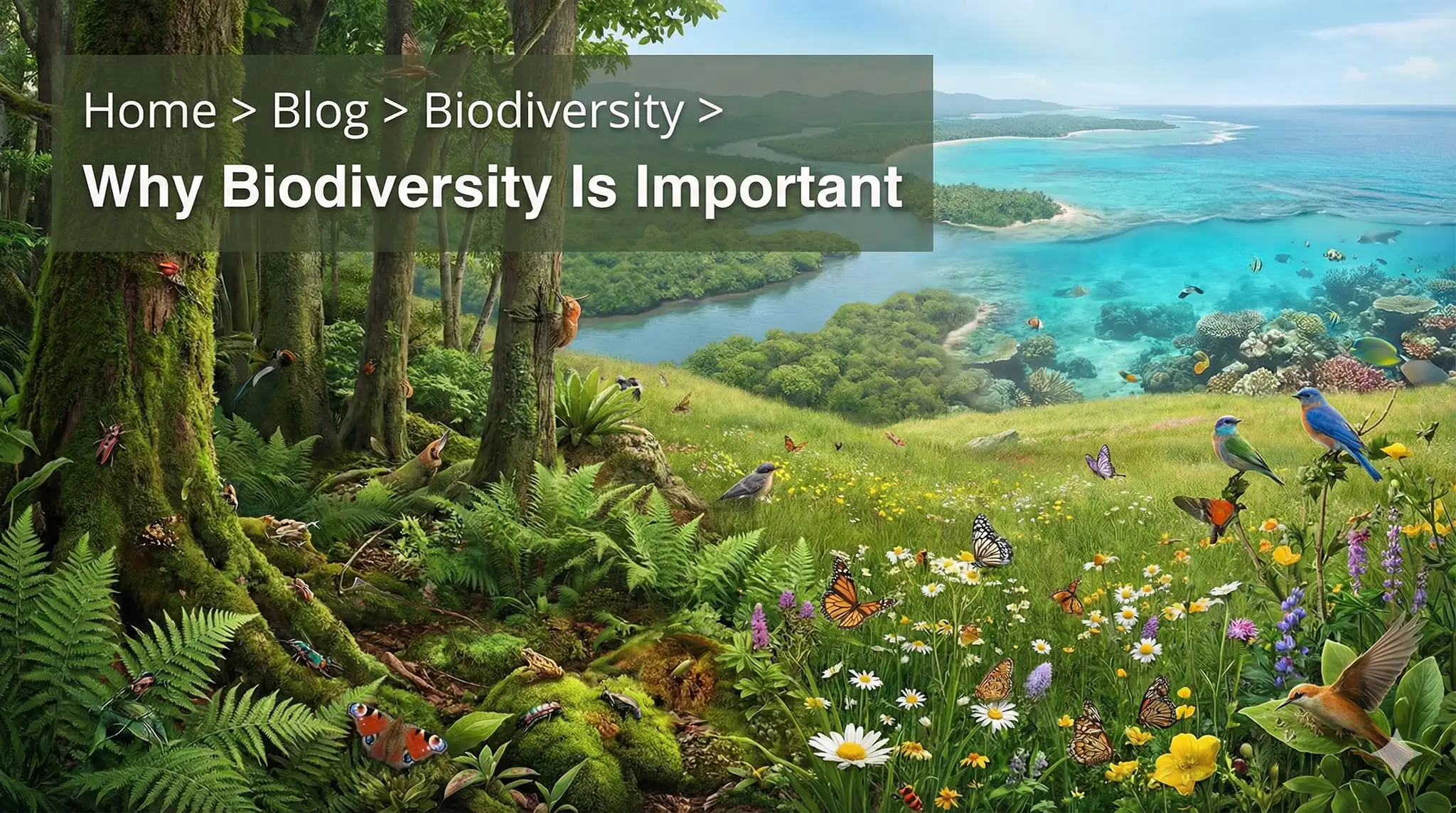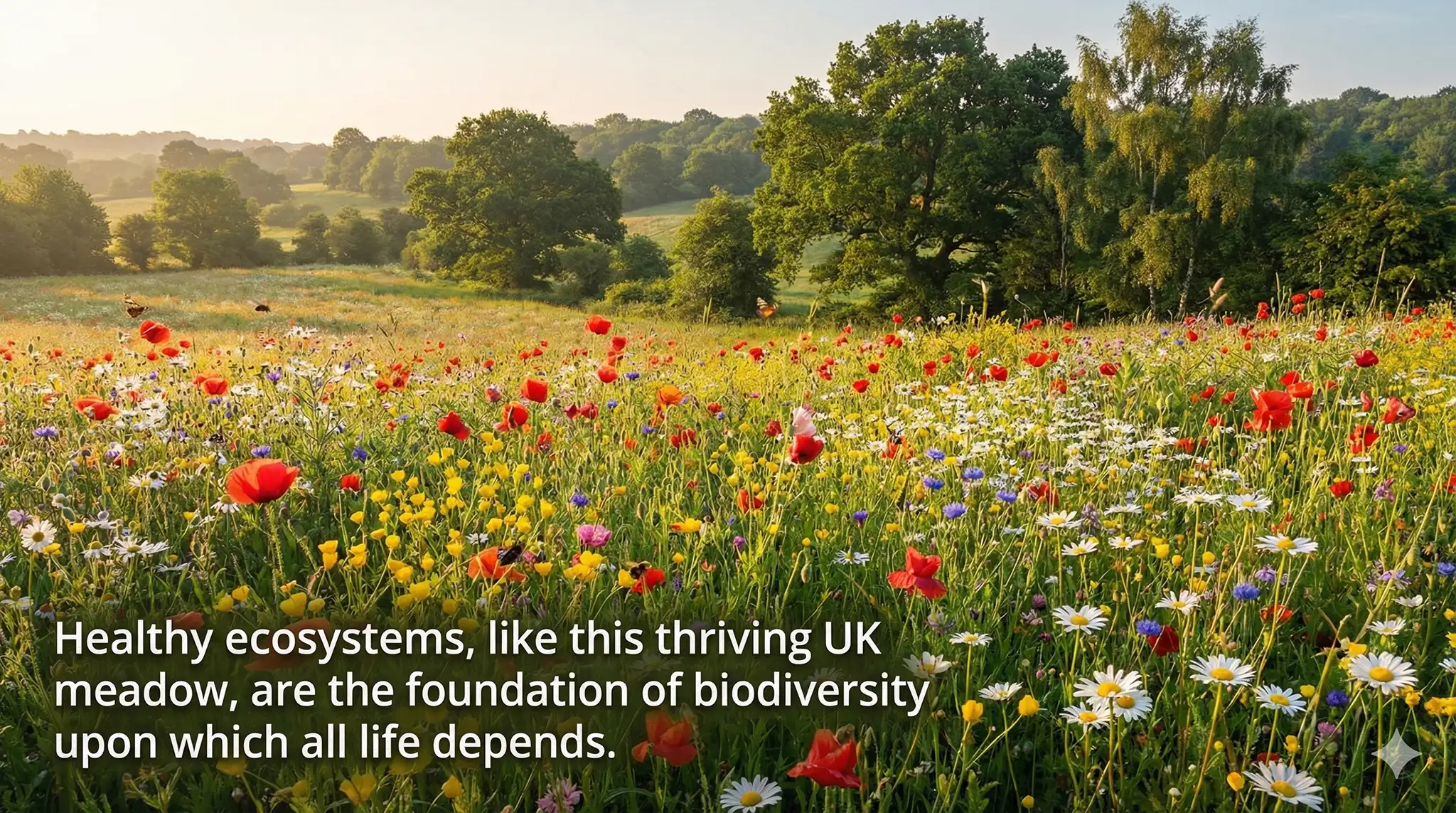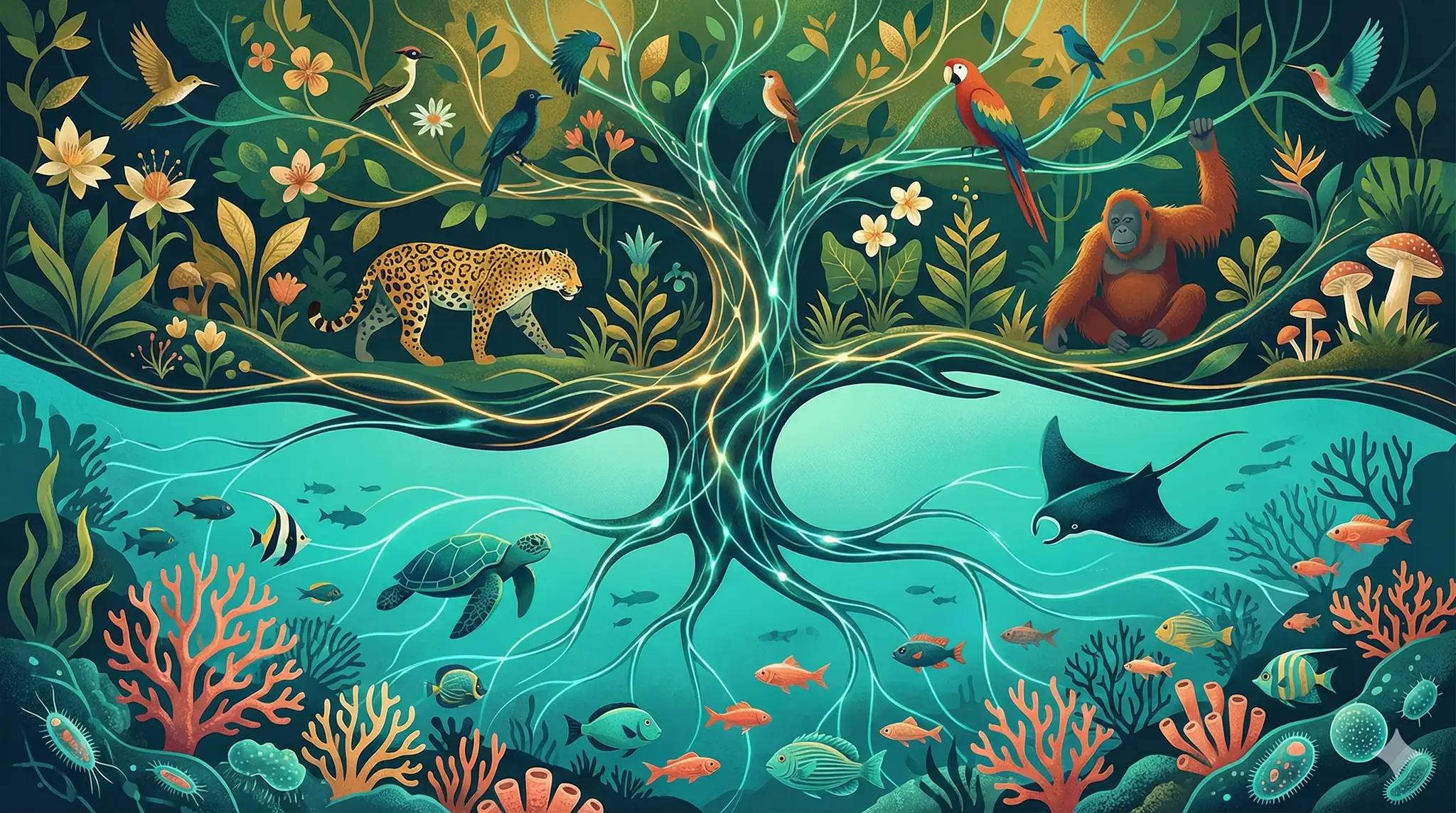Contents
- Introduction: Importance of measuring biodiversity
- Counting species: Techniques and challenges
- Sampling techniques for different organisms
- Technology used in measuring biodiversity
- Citizen science programs for measuring biodiversity
- Established measures of biodiversity
- Surprising discoveries in measuring biodiversity
- Challenges in measuring biodiversity
- Opportunities for innovation and collaboration
- Conclusion: Importance of measuring biodiversity for conservation efforts
Introduction
Biodiversity is the variety of life on Earth, from genes to ecosystems. It supports countless services that we depend on, such as food production, water purification, and climate regulation. But how do we know how much biodiversity there is? And how do we monitor its changes over time and space?
Measuring biodiversity is not an easy task. It involves identifying and counting millions of species, many of which are still unknown to science. It also requires using different methods and technologies for different types of organisms and habitats. And it faces many challenges such as data gaps, sampling biases, and human impacts.
Despite these difficulties, scientists have made remarkable progress in measuring biodiversity. They have developed new tools and techniques to collect and analyze data more efficiently and accurately. They have also discovered surprising patterns and trends in biodiversity across scales and regions. And they have engaged with citizens and stakeholders to increase awareness and participation in biodiversity monitoring.
In this article, we will explore how scientists measure biodiversity, what challenges they encounter, and what surprising discoveries they have made along the way. We will also discuss why measuring biodiversity is important for conservation efforts and how we can contribute to it.
How Scientists Count Species: Techniques and Challenges
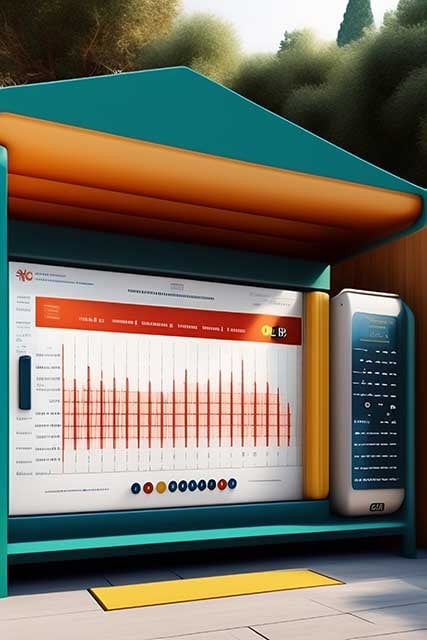
One of the most basic ways to measure biodiversity is to count how many species there are in a given area or region. This is also known as species richness. However, counting species is not as simple as it sounds. There are many challenges and limitations that scientists face when trying to estimate the number and distribution of species.
First of all, we don’t even know how many species exist on Earth. So far, scientists have identified about 1.6 million species, but this is only a fraction of the total diversity. Some estimates suggest that there may be up to 10 million species, while others go as high as 100 million. Most of these unknown species are likely to be small, rare, or hidden in remote or inaccessible places.
Secondly, even if we knew how many species there are, we still need to find them and identify them. This requires a lot of time, effort, and expertise. Different groups of organisms require different methods and tools for sampling and identification. For example:
- For birds, scientists use point counts (counting birds seen or heard at a fixed location), transects (counting birds along a line), and mist nets (catching birds with fine nets) to estimate population size and distribution.
- For insects, pitfall traps (containers buried in the ground), sweep nets (nets swung through vegetation), and light traps (lights that attract nocturnal insects) are used.
- For marine organisms, underwater surveys (divers counting or photographing organisms), trawls (nets dragged through water), and remote sensing (satellites or drones capturing images) are used.
The technology used for sampling and identification can range from simple hand-held devices such as magnifying lenses or binoculars to sophisticated instruments such as DNA sequencers or satellites. Some of the newer techniques include environmental DNA (eDNA) analysis, which involves sampling and sequencing traces of DNA in soil, water, or snow that belong to different organisms; and acoustic monitoring, which involves recording and analysing sounds made by animals such as birds, frogs, bats, or whales.
These techniques can help scientists collect more data more efficiently and accurately than before. However, they also pose some challenges such as cost , reliability , accessibility , standardization , ethics , and data analysis . Moreover, they cannot overcome some of the inherent limitations of counting species such as sampling biases , spatial heterogeneity , temporal variability , taxonomic uncertainty , cryptic diversity .
Counting species is an important way to measure biodiversity, but it is not enough by itself. It does not tell us how abundant each species is, how they interact with each other, how they respond to environmental changes [climate change], or how they contribute to ecosystem functioning [ecosystem functioning]. To get a more complete picture of biodiversity, we need to use other metrics such as genetic diversity [genetic diversity], functional diversity [functional diversity], phylogenetic diversity [phylogenetic diversity], ecosystem diversity [ecosystem diversity], etc.
Citizen Science: Engaging the Public in Biodiversity Monitoring
Another way to measure biodiversity is to involve the public in collecting data on species abundance and distribution. This is known as citizen science, which is defined as “the involvement of volunteers in scientific research” 1. Citizen science programs can have multiple benefits for both scientists and citizens. For scientists, they can provide large amounts of data across wide geographic areas and long time periods, which can help fill gaps in knowledge and inform conservation decisions. For citizens, they can increase awareness and appreciation of biodiversity, foster scientific literacy and skills, and empower them to take action for nature.
There are many examples of citizen science programs that focus on biodiversity monitoring around the world. Some of them are:
- The Reef Life Survey, which trains volunteer divers to survey marine life on coral reefs and other habitats.
- The Big Butterfly Count, which invites people in the UK to count butterflies and moths in their gardens or parks for 15 minutes during summer.
- The Penguin Watch, which uses remote cameras to capture images of penguins in Antarctica and asks people online to count them and identify their behaviours.
- The Christmas Bird Count, which is an annual census of birds organized by the Audubon Society and conducted by volunteer birders around the United States.
- The Globe at Night, which measures the real-world impact of light pollution by asking people to observe and report the brightness of stars in their night sky.
- The Naturehood, which is a citizen science project focused on taking action for wildlife in private gardens including guidance on how balconies and gardens can help to combat habitat loss.
These are just some of the many citizen science projects that you can join or start yourself. Citizen science is a powerful way to engage with biodiversity and contribute to its conservation.
The Living Planet Index: A Global Indicator of Biodiversity Loss
 Biodiversity is not only measured at the level of species but also at the level of populations and ecosystems. Populations are groups of individuals of the same species that live in a specific area and interact with each other. Ecosystems are communities of living organisms and their physical environment that function as a unit. Both populations and ecosystems are essential for maintaining biodiversity and providing ecosystem services [ecosystem services] such as food, water, climate regulation, pollination [pollination], etc.
Biodiversity is not only measured at the level of species but also at the level of populations and ecosystems. Populations are groups of individuals of the same species that live in a specific area and interact with each other. Ecosystems are communities of living organisms and their physical environment that function as a unit. Both populations and ecosystems are essential for maintaining biodiversity and providing ecosystem services [ecosystem services] such as food, water, climate regulation, pollination [pollination], etc.
One of the most widely used indicators of biodiversity at the population level is the Living Planet Index (LPI). The LPI is a measure of the state of the world’s biological diversity based on population trends of vertebrate species from terrestrial, freshwater and marine habitats. The LPI was developed by the Zoological Society of London (ZSL) in cooperation with the World Wide Fund for Nature (WWF). The LPI uses data from thousands of vertebrate population time-series collected from scientific publications, reports, online databases, etc. The LPI calculates the average change in population size over time relative to a baseline year (1970). A declining LPI means that populations are shrinking on average, indicating biodiversity loss.
The latest LPI report shows that global populations of vertebrate species have declined by 68% since 1970. This means that more than two-thirds of wildlife have disappeared in less than 50 years. The main drivers of this decline are human activities such as habitat loss and degradation, overexploitation, climate change, pollution, invasive species, etc.
The LPI is also used to assess biodiversity at the ecosystem level by grouping populations according to their biogeographic realm (e.g., Afrotropical , Neotropical , Palearctic , etc.) or biome (e.g., tropical forest , grassland , coral reef , etc.). The LPI shows that different regions and habitats have experienced different levels of decline. For example:
- The tropical subregions have suffered the largest declines (94% on average), followed by temperate subregions (36% on average).
- Freshwater habitats have declined more than terrestrial or marine habitats (84%, 40%, and 36%, respectively).
- Coral reefs have declined by more than 50% since 1950 due to bleaching events caused by rising sea temperatures.
The LPI is an important tool for monitoring biodiversity trends and informing conservation actions. It is also used by international organizations such as the Convention on Biological Diversity (CBD) and the Intergovernmental Science-Policy Platform on Biodiversity and Ecosystem Services (IPBES) as an indicator of progress towards their goals and targets. For example:
- The CBD adopted a strategic plan for biodiversity for 2011-2020 with 20 targets known as Aichi Targets . One of these targets was to prevent further extinctions and improve conservation status for known threatened species by 2020.
- The IPBES published a global assessment report on biodiversity and ecosystem services in 2019 . This report assessed how human activities have affected nature over the past 50 years and how nature can contribute to human well-being in the future.
Both reports concluded that biodiversity is declining at an unprecedented rate and that urgent actions are needed to halt its loss and restore its benefits for people and nature.
DNA Barcoding: A Novel Method for Discovering and Studying Biodiversity
Biodiversity is not evenly distributed across different groups of organisms. Some groups, such as plants and vertebrates, are relatively well-known and documented by scientists and naturalists. For example, in Europe, there are historical records dating back hundreds of years that can help us track changes in biodiversity over time. However, other groups, such as invertebrates and microbes, are much less known and studied. These groups often comprise a large proportion of biodiversity, especially in tropical regions. They also play important roles in ecosystem functioning and human well-being. Therefore, it is crucial to improve our knowledge and understanding of these groups.
However, traditional methods for identifying and cataloguing species based on morphological features are often time-consuming, costly, and require expert taxonomists. Moreover, some species may be difficult to distinguish based on morphology alone due to cryptic diversity (i.e., genetically distinct lineages that look similar) or phenotypic plasticity (i.e., variation in appearance due to environmental factors).
To overcome these challenges, a new method called DNA barcoding has emerged as a powerful tool for discovering and studying biodiversity. DNA barcoding is a technique that uses short DNA sequences from a standardized region of the genome (usually mitochondrial genes) to identify species based on their genetic differences. DNA barcoding can be applied to any organism regardless of its size or life stage. It can also be used to analyse environmental samples (e.g., water , soil , faeces , etc.) that contain traces of DNA from multiple species.
DNA barcoding has several advantages over traditional methods:
- It can rapidly identify known species by comparing their DNA sequences with reference databases.
- It can flag potential new species by detecting genetic gaps between closely related taxa.
- It can reveal cryptic diversity within morphologically similar taxa.
- It can provide insights into evolutionary relationships among taxa.
- It can contribute to ecological and conservation studies by assessing species distribution , abundance , diversity , interactions , etc.
One example of how DNA barcoding can enhance our appreciation of biodiversity is a recent study conducted in Panama . The researchers used DNA barcodes to estimate the number of beetle species in a tropical rainforest . They compared their results with previous estimates based on morphological identification. They found that the number of beetle species was 10 times higher than previously estimated using traditional methods. This suggests that tropical rainforests may harbor much more biodiversity than previously thought.
DNA barcoding is not without limitations or challenges. For instance:
- It requires reliable reference databases that cover all taxonomic groups and geographic regions.
- It may not be able to resolve very recent speciation events or hybridization events between closely related taxa.
- It may not capture all aspects of biological diversity such as phenotypic variation or functional traits .
- It may face ethical issues regarding the collection , storage , and use of genetic material from living organisms.
Despite these limitations and challenges, DNA barcoding is a promising method for discovering and studying biodiversity at very small scales. It has the potential to revolutionize our understanding of life on Earth.
Standardization, Funding and Data Sharing: The Key Challenges and Opportunities for Biodiversity Measurement
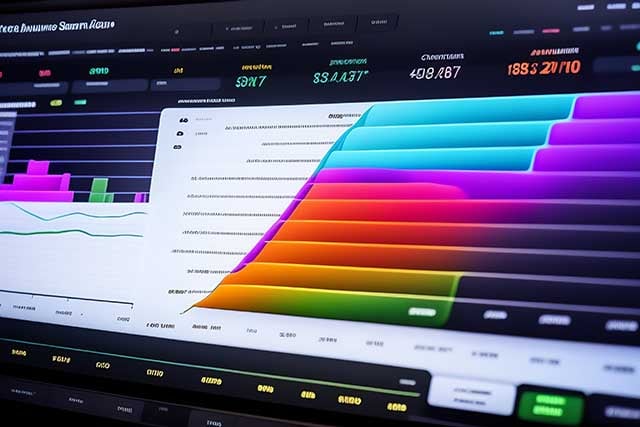 Biodiversity is the variety of life on Earth. It includes all living organisms, from genes to ecosystems. Biodiversity is essential for human well-being, as it provides us with food, water, medicine, materials, climate regulation and cultural services. However, biodiversity is also under threat from human activities such as habitat loss , overexploitation , pollution , invasive species and climate change . Therefore, it is important to measure biodiversity and monitor its changes over time.
Biodiversity is the variety of life on Earth. It includes all living organisms, from genes to ecosystems. Biodiversity is essential for human well-being, as it provides us with food, water, medicine, materials, climate regulation and cultural services. However, biodiversity is also under threat from human activities such as habitat loss , overexploitation , pollution , invasive species and climate change . Therefore, it is important to measure biodiversity and monitor its changes over time.
However, measuring biodiversity is not an easy task. It involves collecting , analysing and interpreting data from different sources , scales and dimensions . It also requires collaboration among different stakeholders , such as scientists , policy makers , practitioners and citizens . There are several challenges that hinder the effective measurement of biodiversity:
- Lack of standardization : There is no universal agreement on how to define , measure and report biodiversity . Different methods may use different indicators , metrics , protocols and thresholds . This makes it difficult to compare data across different studies and regions , and to assess progress towards global targets such as the Aichi Biodiversity Targets or the Sustainable Development Goals .
- Lack of funding : Biodiversity research is often underfunded , especially in developing countries where biodiversity is often the richest . This limits the capacity to collect data on a regular basis , to cover all taxonomic groups and geographic areas , and to ensure data quality and reliability .
- Lack of data sharing : Biodiversity data are often scattered across different databases , institutions and countries . Some data may be inaccessible or unavailable due to technical , legal or ethical barriers . This prevents the integration and synthesis of data from multiple sources , which is necessary for a comprehensive understanding of biodiversity patterns and trends .
- Standardization : There are ongoing efforts to develop common standards for biodiversity measurement , such as the Essential Biodiversity Variables (EBVs) or the Biodiversity Indicators Partnership (BIP) . These standards aim to harmonize methods , indicators and reporting formats for biodiversity assessment at different scales .
- Funding : There are new sources of funding for biodiversity research that can leverage existing resources or mobilize new ones . For example, citizen science projects can engage volunteers in collecting data at low cost ; public-private partnerships can attract investments from businesses ; international initiatives can pool funds from multiple donors .
- Data sharing : There are new platforms for data sharing that can facilitate access to biodiversity information from around the world . For example, the Global Biodiversity Information Facility (GBIF) is a network of institutions and individuals that provides free and open access to biodiversity data from various sources . GBIF enables users to discover , download and analyse data for various purposes .
By addressing these challenges and seizing these opportunities, we can improve our ability to measure biodiversity accurately and comprehensively. This will help us understand how biodiversity changes over time, why it matters for human well-being, how we can conserve it effectively.
Conclusion: Measuring Biodiversity
Biodiversity is the variety of life on Earth. It is essential for human well-being, as it provides us with many benefits and services. However, biodiversity is also under threat from human activities. Therefore, it is important to measure biodiversity and monitor its changes over time.
Measuring biodiversity is not an easy task. It involves collecting, analysing and interpreting data from different sources , scales and dimensions . Scientists use different techniques depending on the organisms of interest. Some techniques are simple and low-cost , such as using hand-held magnifying lenses or counting species by eye . Others are complex and expensive , such as using DNA barcoding or satellite imagery . There are also large-scale citizen science programs that engage volunteers in collecting data , such as eBird or iNaturalist .
Moreover, there are well-established measures of biodiversity that can summarize data into meaningful indicators , such as species richness or the Living Planet Index .
However, measuring biodiversity also faces several challenges. One of the biggest challenges is the lack of standardization in sampling techniques and data collection. This makes it difficult to compare data across different studies and regions , and to assess progress towards global targets such as the Aichi Biodiversity Targets or the Sustainable Development Goals . Another challenge is the lack of funding for biodiversity research , particularly in developing countries where biodiversity is often the richest . This limits the capacity to collect data on a regular basis , to cover all taxonomic groups and geographic areas , and to ensure data quality and reliability .
Despite these challenges, measuring biodiversity also offers opportunities for innovation and collaboration. For example, there are new platforms for data sharing that can facilitate access to biodiversity information from around the world , such as the Global Biodiversity Information Facility (GBIF) . GBIF enables users to discover , download and analyze data for various purposes . There are also new sources of funding for biodiversity research that can leverage existing resources or mobilize new ones . For example, citizen science projects can engage volunteers in collecting data at low cost ; public-private partnerships can attract investments from businesses ; international initiatives can pool funds from multiple donors .
By addressing these challenges and seizing these opportunities, we can improve our ability to measure biodiversity accurately and comprehensively. This will help us understand how biodiversity changes over time , why it matters for human well-being , how we can conserve it effectively . Measuring biodiversity is crucial for understanding and conserving life on Earth.
FAQ
1. What is biodiversity and why is it important?
Biodiversity refers to the variety of life on Earth, including all living organisms and their interactions with each other and their environment. It is important because it provides essential ecosystem services such as pollination, nutrient cycling, and climate regulation.
2. How do scientists measure biodiversity?
Scientists use different sampling techniques, surveys, or ways of counting depending on the organisms of interest. For example, for birds, scientists use point counts, transects, and mist nets to estimate population size and distribution. For insects, pitfall traps, sweep nets, and light traps are used. For marine organisms, underwater surveys, trawls, and remote sensing are used. Technology ranges from a simple hand-held magnifying lens to images of whole landscapes captured by satellites. Sampling and sequencing traces of DNA in soil, water, and snow, as well as acoustic monitoring, are also used.
3. What are citizen science programs and how do they help measure biodiversity?
Citizen science programs engage volunteers in collecting data on species abundance and distribution. These programs are particularly useful for monitoring species that are difficult to study due to their rarity or inaccessibility. Examples of citizen science programs include the Reef Life Survey, Big Butterfly Count, and Penguin Watch.
4. What are some challenges in measuring biodiversity?
One of the biggest challenges is the lack of standardization in sampling techniques and data collection, making it difficult to compare data across different studies and regions. Another challenge is the lack of funding for biodiversity research, particularly in developing countries where biodiversity is often the richest.
5. What are some surprising discoveries in measuring biodiversity?
Recent studies using DNA barcoding found that the number of beetle species in a tropical rainforest in Panama was 10 times higher than previously estimated based on traditional methods. Additionally, the Living Planet Index shows that global populations of vertebrate species have declined by 60% since 1970.
